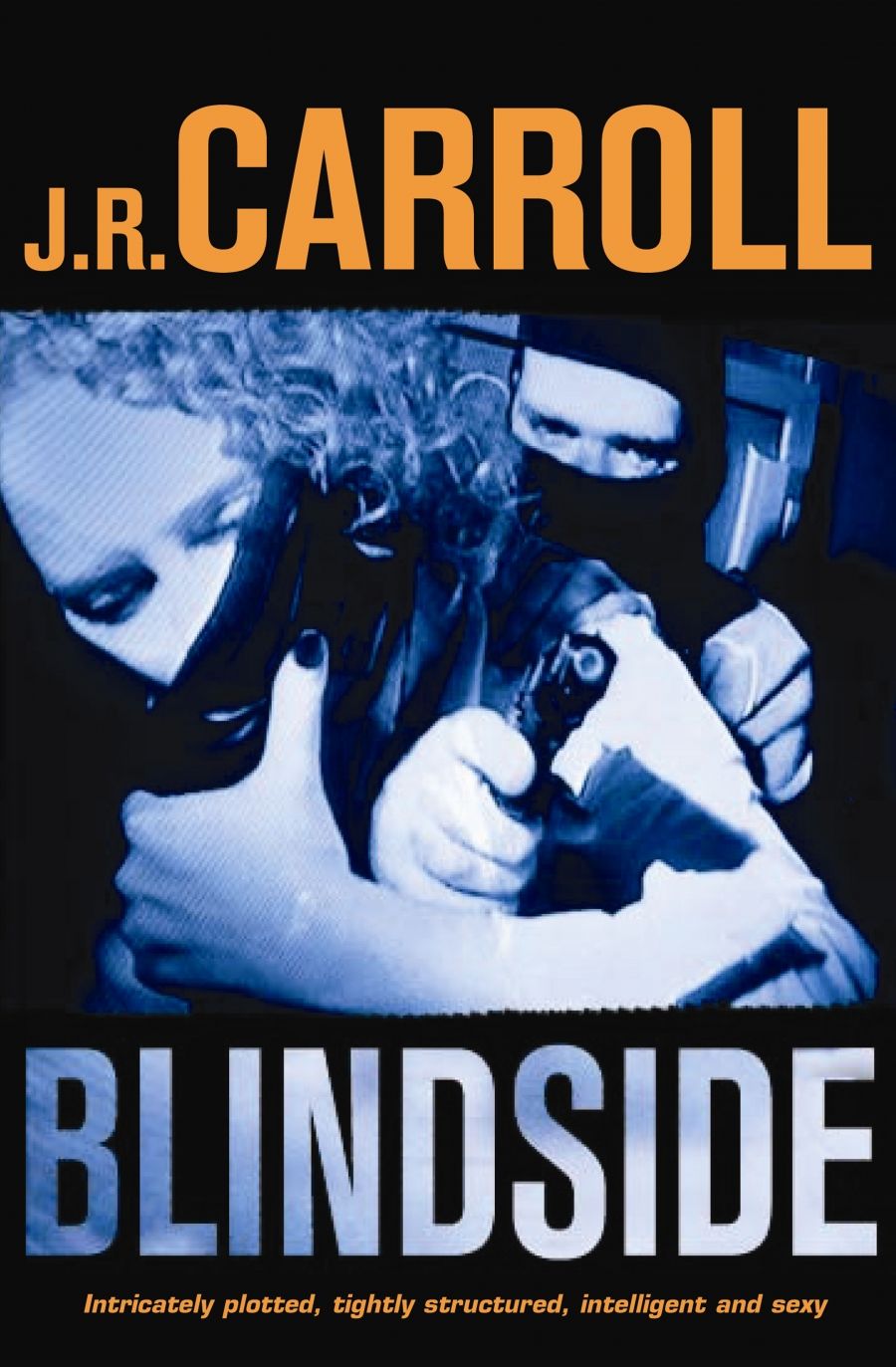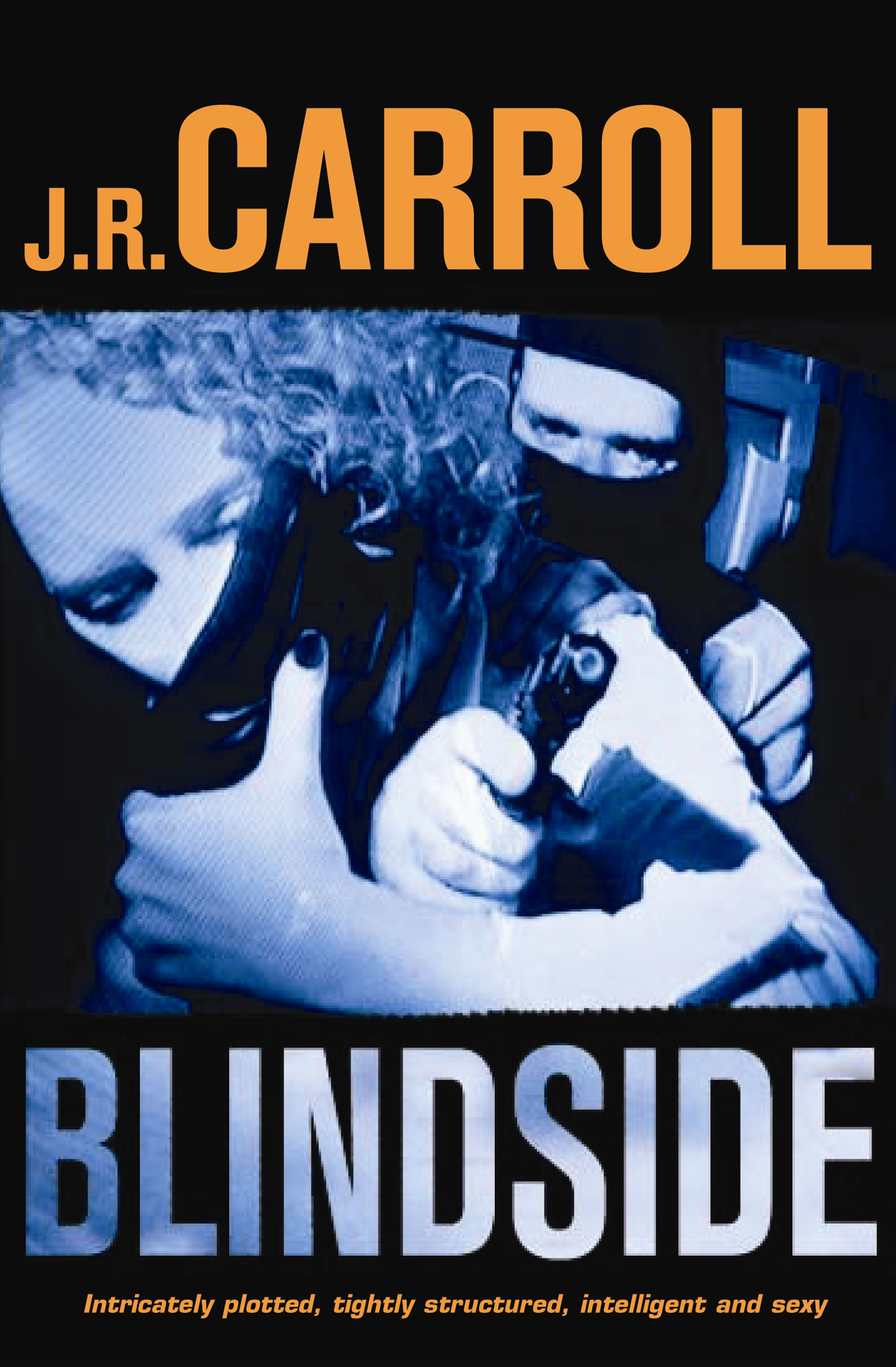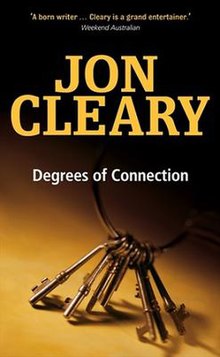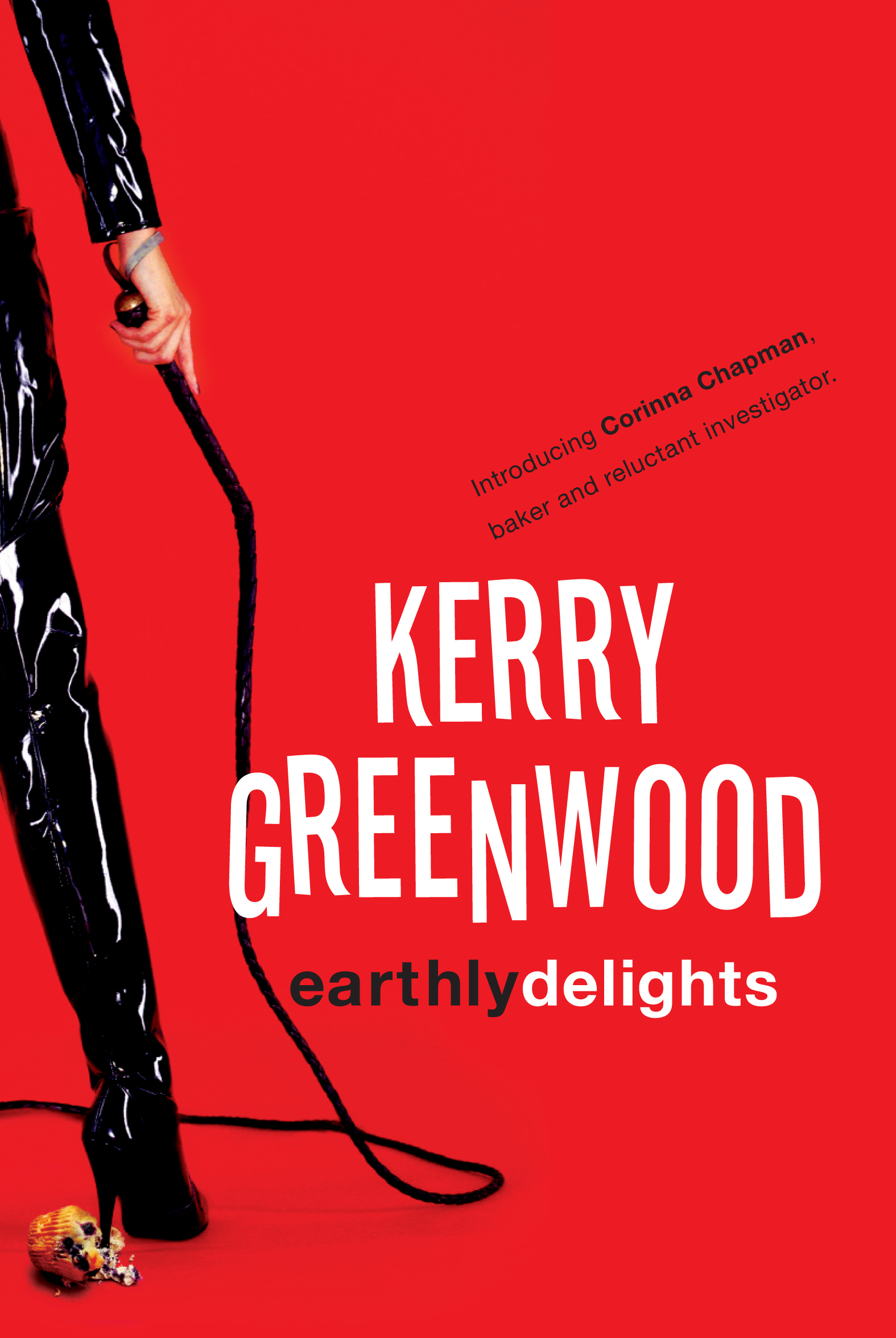
- Free Article: No
- Contents Category: Fiction
- Review Article: Yes
- Article Title: In the Calaboose
- Online Only: No
- Custom Highlight Text:
Crime fiction offers various pleasures but rarely those of innovation, and that is the case with these three very different books from three veterans of the genre – familiar pleasures. Degrees of Connection is a police procedural featuring a series character; Earthly Delights is an amateur sleuth cosy in which Greenwood breaks away from her series character, Phryne Fisher; and Blindside is a hardboiled who’s-got-the-loot thriller in which the police and the criminals are morally indistinguishable and largely interchangeable. Each solves some crime problems, of course; each devotes considerable time and energy to documenting their home city: Sydney, Melbourne and environs. And each uses films and film viewing as a lingua franca, a cultural currency exchanged among its characters (and readers).
- Book 1 Title: Blindside
- Book 1 Biblio: Allen & Unwin, $19.95 pb, 415 pp
- Book 1 Cover Small (400 x 600):

- Book 1 Cover (800 x 1200):

- Book 2 Title: Degrees of Connection
- Book 2 Biblio: HarperCollins, $29.95 pb, 276 pp
- Book 2 Cover Small (400 x 600):

- Book 2 Cover (800 x 1200):

- Book 3 Title: Earthly Delights
- Book 3 Biblio: Allen & Unwin, $19.95 pb, 277 pp
- Book 3 Cover Small (400 x 600):

- Book 3 Cover (800 x 1200):

Jon Cleary, born in 1917, has been a published writer for about sixty years. Degrees of Connection is his twentieth novel about Sydney police detective Scobie Malone; the first was The High Commissioner in 1966. Over the years, the Malone series has been Cleary’s forum for recording his views of Sydney and the outside world. This commentary is at least as interesting as the crimes Malone investigates and their solutions, and Cleary is clever at interweaving the two.
As Degrees of Connection (a good play on the film title Six Degrees of Separation as well as on the frequent crime novel device in which disparate phenomena are shown to be linked) begins, Malone has been promoted upstairs, from inspector to superintendent, from Homicide to a desk in a more general and vague managerial role. Two weeks in, he is not adjusting. When an interesting homicide case comes along, he niggles his way into it, to the increasing irritation of his former offsider, Russ Clements, who has replaced Scobie as head of Homicide.
Marilyn Hyx, personal assistant to Natalie Shipwood, the CEO of development company Orlando, has been murdered. Some missing company papers are discovered in Marilyn’s safety deposit box, and it looks as if Orlando is bust, possibly looted by some of its officers (Cleary draws the parallels with HIH, One.Tel etc.). Malone and Clements interview Shipwood in her Sylvania Waters home. Shipwood’s husband, Harry, is a retired university economist; they met when she was a student of his. Cleary pins the marriage this way:
By the time she graduated, she and Harry, to his surprise, were married. He saw all her faults now, she knew, but against his better judgement, a not uncommon fault with economists, he loved her and she, though sometimes with difficulty, loved him. She needed someone to bounce ideas off, to tell her she was right, which she invariably was.
Cleary knows his way around a sentence: the economy, the development from phrase to phrase, the rhythm of interruption to set up the next point, the shift from one character to the other and back, the barbed gags. The book is full of such deft, underplayed wit. In fact, Cleary brings in Chandler, Hammett, Christie, W.R. Burnett, and Elmore Leonard around a comic bit where Malone, to gain access to wary witnesses, identifies himself to secretaries as ‘Seamus Cleary’. He also launches a running critique of a current sloppiness in Australian speech and the runaway use of the word ‘basically’. It occurs at one point while watching the ABC: ‘He [Malone] switched it off. Illiteracy would never be dead while television was alive.’
Malone’s family, always important in these books, becomes involved: his son Tom seems to have impregnated a girlfriend, who is subsequently murdered; and his daughter Maureen, a junior ABC television journalist, is assigned to the Securities Commission investigation into Orlando. Scobie worries about using his police influence and contacts to shield Tom from that murder investigation; and he has to pull rank to keep Maureen out of the way in the other investigation. Plot line convergence occurs, of course.
Cleary reflects a complex, multi-level community with deceptive narrative ease. Kerry Greenwood’s interest in Earthly Delights is also community; she abandons her upmarket 1920s third-person voice heroine Phryne Fisher for a contemporary first-person narrator, Corinne Chapman, proprietor of an inner-city Melbourne bakery. She is thirtyish, divorced, independent, vigorous in her opinions, fat and comfortable with it, because, as she says, there’s not much she can do about it, though here the dependability of the narrator is questionable, as in the course of the book she eats all manner of baked goods, mostly sweet; lasagne; other pasta dishes; moussaka; and pizza, all washed down with coffee and wine. In this and other ways, the narrator and the book are in favour of indulgence, if not outright hedonism – and why not? Her shop and flat are in a 1920s Classical Rome theme building, the Insula, each suite in which is named after a Roman deity. Her cat characters are Horatio and a pair called the Mouse Police: Heckle and Jekyll.
Nearly all the main characters live or work in the Insula, a classic crime book set-up. They are a community of eccentrics: Kylie, Corinne’s shop assistant and her room-mate Gossamer, two anorexic airheads trying to break into soap-opera acting; retired professor of classics Dionysus Monk; Meroe, Wiccan witch, who runs Sybil’s Cave, the occult shop in the building; Mistress Dread, an imposing figure of uncertain gender who runs the bondage shop; Mrs Pemberthy, the neighborhood disapprover, her dog Twaddles, and Mr Pemberthy, in that order; Lestat, a Goth vampire wannabe whose greeting line is ‘Death is my gift’; and The Lone Gunmen/Nerds, Inc., three adolescent computer freaks: Taz, Rat and Gully.
The cultural landscape of Earthly Delights is set out by such references as The Blues Brothers, Hammer horror films, Casablanca, Blade Runner, Oprah, The Bold and the Beautiful, Buffy the Vampire Slayer, Nosferatu and Interview with a Vampire. The three plotlines are: street junkies being killed by bad heroin; someone terrorising the women residents of Insula with biblical condemnations, possibly to make them sell up; and finding the missing daughter of a life-crushed Insula resident. Themes involve runaways, the abandoned, the homeless and the sorts of good deeds needed for the community to recover them. The book ends with an appendix of recipes for baked goods. Without prejudice, you must consider your threshold for cute before taking on Earthly Delights
There is nothing cute about J.R. Carroll’s Blindside. Carroll territory: hard people with no illusions (and not much moral capital) trying to get along in a world that is meaner, nastier, and more vindictive than they are. Protagonist Shaun McCreadie, ex-con, ex-cop, leaves gaol and recovers the $2.8 million he and two ex-cops stole twelve years before. The three were framed and thrown off the force for being too honest. Indignant, they brutally robbed a shady character, took his money, left the drugs they found and left the victims alive. The drugs vanished, the victims were executed – as were Shaun’s two accomplices – and Shaun was imprisoned for the lot. Shaun wants to clear himself and to restart a life with a woman: Jo Steers, who is in the middle of a divorce with a rich, nasty barrister stuck in an under-age sex blackmail set-up. Three other groups in the book want the money and want Shaun out of the way.
Blindside includes many extended sex scenes and violent sequences: excess is its mode, excess of detail, of description, of characters speculating about the plot and their possible place in it. Unlike Cleary’s, it’s a mean book about mean people who use their perception of society’s meanness to justify their actions. Carroll’s art brut approach places him alongside James Ellroy and Eugene Izzi, but, like those writers, leaves him short of the black vision of Jim Thompson, or, in Australian crime letters, Robert English. Carroll’s use of language falters frequently, usually by overdoing things or choosing the wrong context: ‘Bill Simmonds’ standard of house training was roughly equivalent to that of a retarded ocelot, with maybe the ocelot just getting the nod in a tight call.’ ‘It was said he was so tough he flossed with tungsten.’ Or just getting it wrong: ‘being promoted to the bench one day, then thrown in the caboose the next.’ The caboose is the red train crew’s car at the back of an American freight train. The word he wanted is ‘calaboose’: US slang for gaol.


Comments powered by CComment